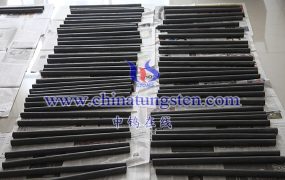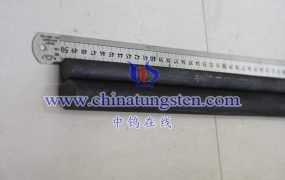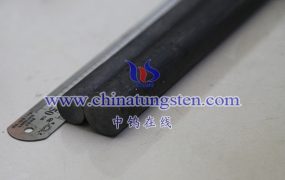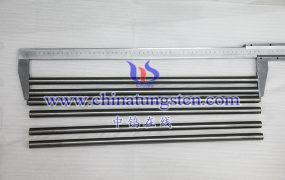TZM alloy rod has certain weldability, but some factors need to be paid attention to. Here are some key points about the weldability of TZM alloy rods:
Select the appropriate welding method: For the welding of TZM alloy rods, commonly used methods include arc welding, electron beam welding, laser welding and plasma welding. According to the specific situation, choose the appropriate welding method to achieve a good welding effect.
Pretreatment and cleaning: Before welding, the necessary pretreatment and cleaning of TZM alloy rods is the key. Oxides, grease and contaminants on the surface will affect the quality and strength of the weld and should therefore be cleaned using appropriate methods such as mechanical cleaning, solvent cleaning or electrolytic cleaning.
Welding material selection: It is also important to select the appropriate welding material. Commonly used welding materials include TZM alloy welding wire, pure molybdenum welding wire, etc. Make sure the welding material matches the composition of the TZM alloy rod to avoid adverse chemical reactions or uneven welds.
Controlling Welding Parameters: Parameter control during the welding process is essential for good welding results. The selection and control of parameters including welding current, welding speed, preheating temperature and post heat treatment can affect the weld quality and the heat affected zone (HAZ) of the welded area.
Perform post-weld treatment: After welding, proper post-weld treatment can help eliminate residual stress and improve weld strength. Common post-weld treatments include annealing, heat treatment, and hot drawing.
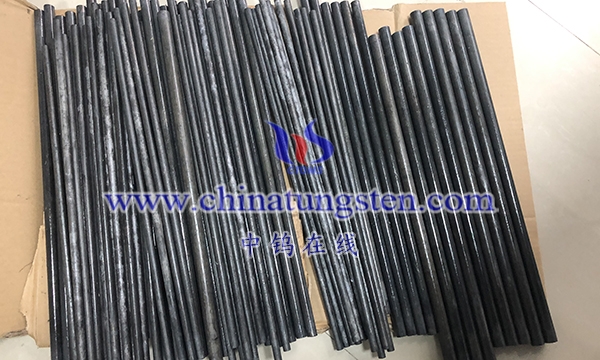
More details of molybdenum or molybdenum alloy products, please visit website: http://molybdenum-alloy.com/index.html
Please contact CHINATUNGSTEN for inquiry and order of molybdenum alloy products:
Email: sales@chinatungsten.com
Tel.: +86 592 5129595


